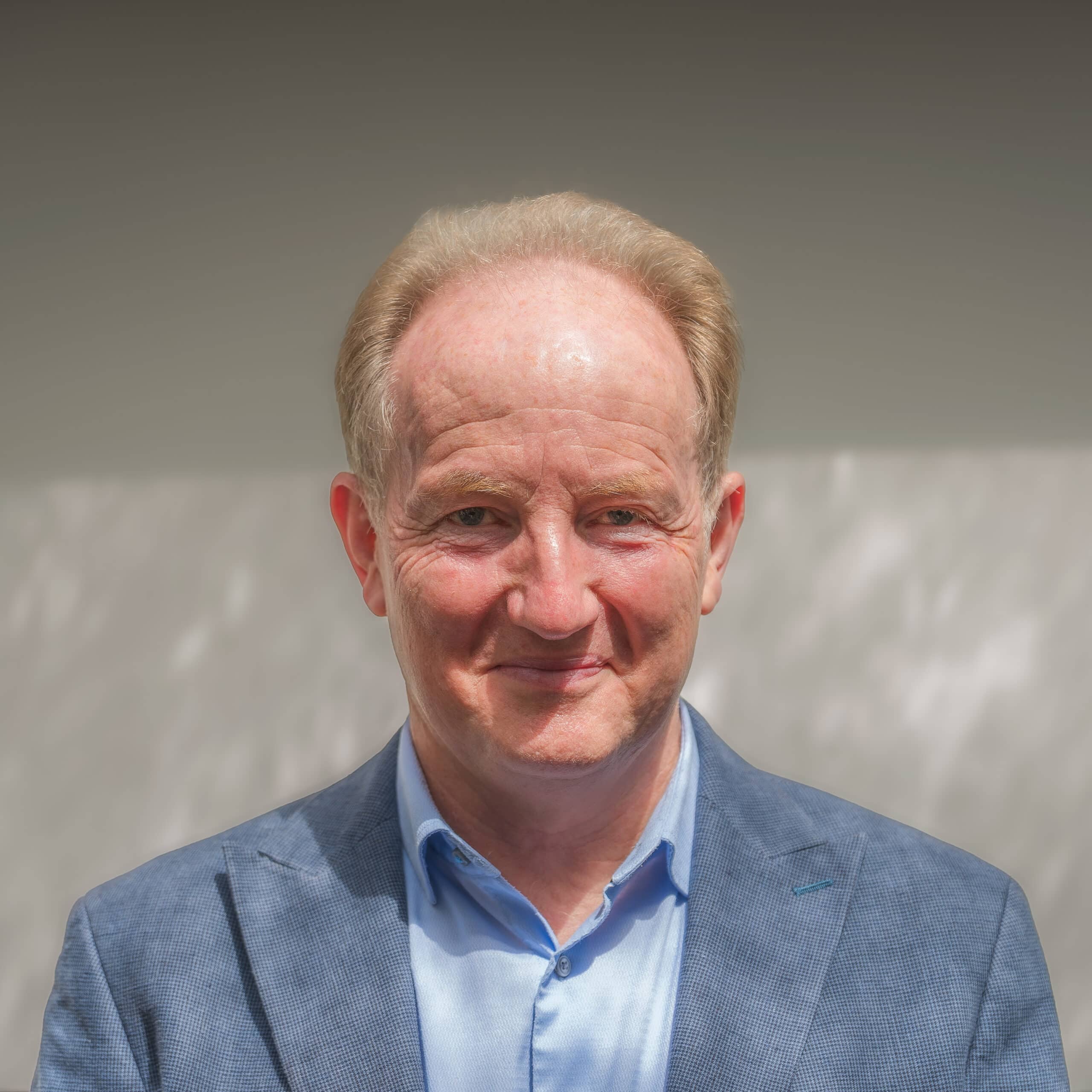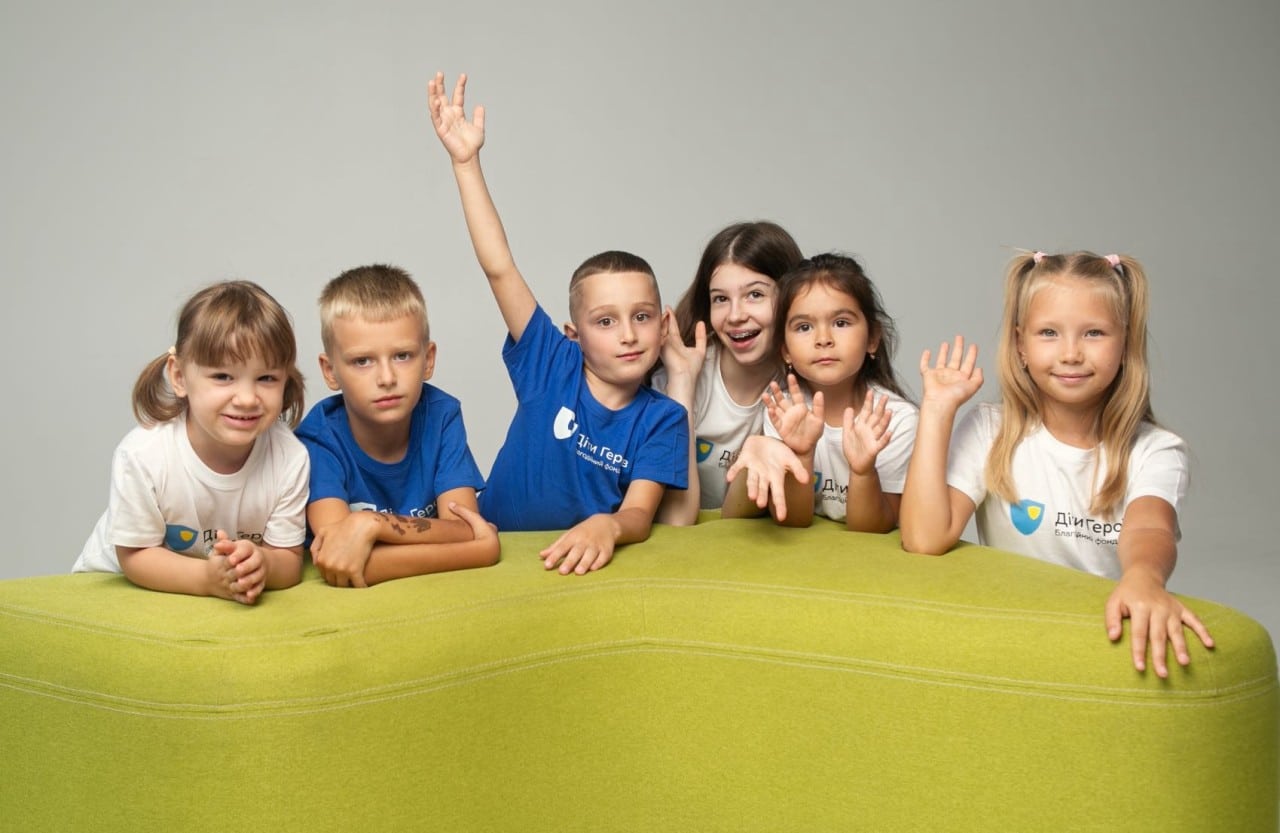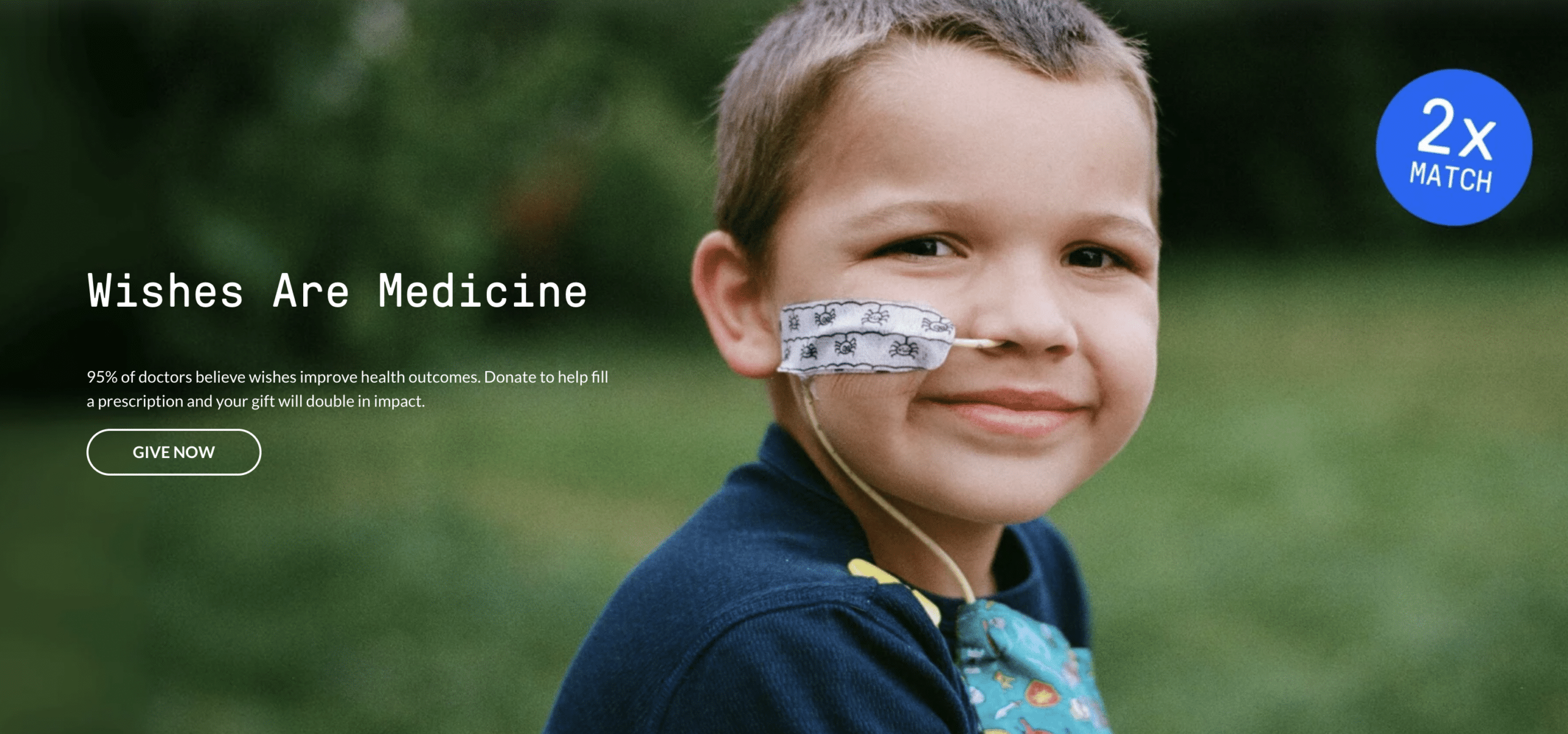The Royal Flying Doctor Service Victoria: embracing face-to-face fundraising
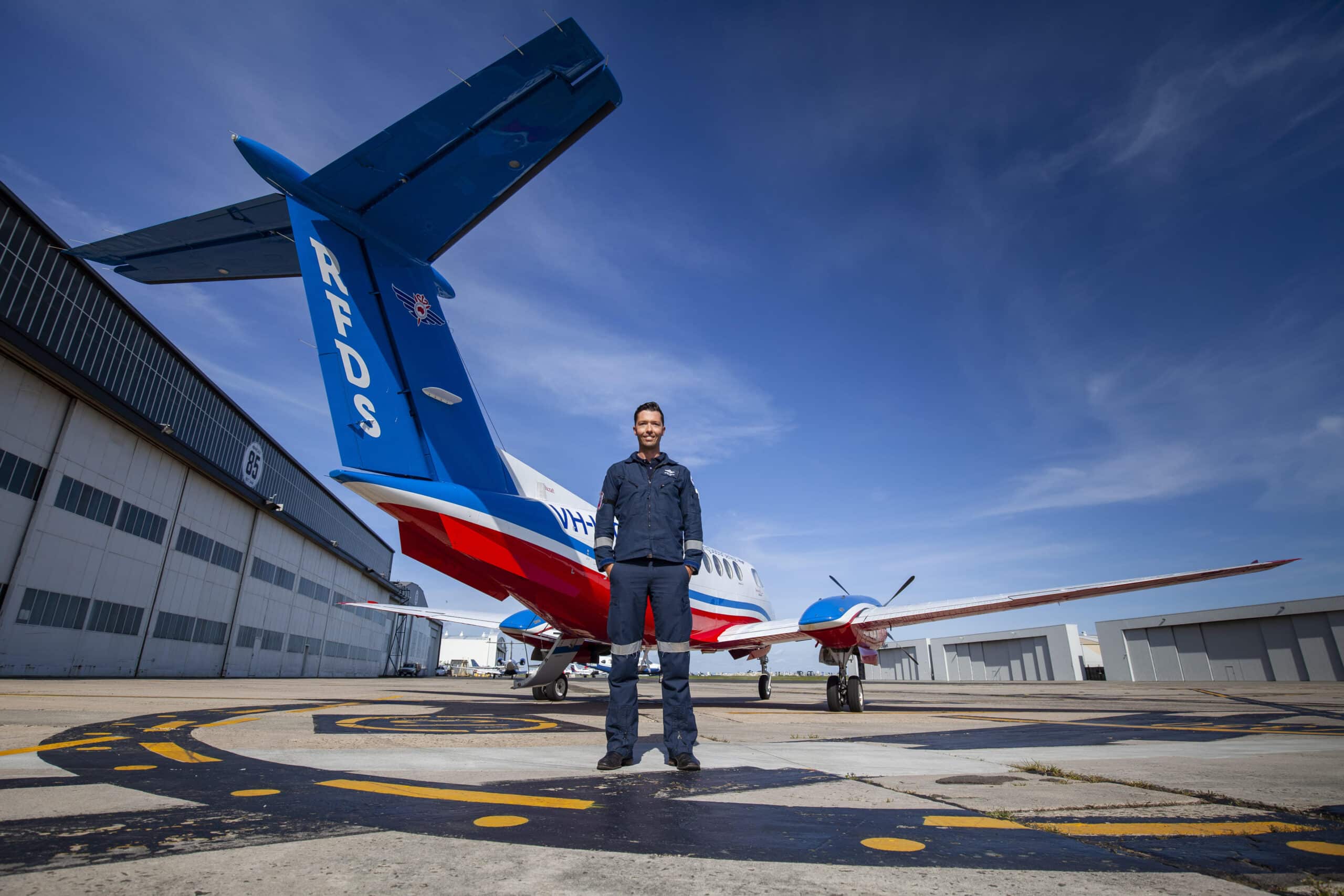
Ask anyone to name an iconic Australian organisation and the Flying Doctors would naturally be front of mind for many of us. Founded in 1928 by Reverend John Flynn, The Royal Flying Doctor Service (RFDS) is an aero-medical service that provides emergency and primary health care services for people living in rural, remote and regional areas of the country. The RFDS was the first comprehensive aerial medical organisation in the world and remains unique for the range of services it offers to isolated communities living in the outback.
The RFDS operates from 21 bases across Australia, using a fleet of specially equipped aircraft and vehicles, relying on a network of radio operators, nurses, doctors, pilots and volunteers to deliver its services. One of these bases is in the state of Victoria, with a population of over 6.5 million.
Changing tactics
Already a much-loved household name, the RFDS Victoria relied on one-off donations and bequests to fund its vital work, but knew that it had to explore new ways of generating the income needed to continue to expand its services. A session at a fundraising conference gave CEO, Scott Chapman, and General Manager for Marketing and Fundraising, Marie Quirke, the inspiration that investing in its regular giving programme was a tangible way forward.

Following the conference, the charity presented a series of roundtable events with attendance from colleagues across the breadth of the organisation, from the Board to grassroots administrative staff and volunteers.
“It was a big ask for the Board – $6 million over a four-year period, to invest in building our regular giving, knowing that we wouldn’t see a return on this investment for a while,” says Quirke. “We needed the buy-in of hearts and minds across the organisation to move forward with our ambition.
“The all-staff workshop was a powerful catalyst as we sought to achieve alignment on our purpose and take our first tentative steps into major fundraising investment. The session absolutely converted the Board Chair’s perception of fundraising, validating it as a worthwhile investment and highlighting its transformative possibilities.”
Making a start
Armed with the financial and strategic backing of the Board, RFDS Victoria decided to start with face-to-face (F2F) fundraising as an initial method to kickstart its focus on boosting regular giving donors.
“It was a big step for the Flying Doctor brand because we’re six companies sharing a brand, and at that stage, we did not conduct F2F fundraising operations in any part of Australia. We knew we would face questions from our counterparts so opened up genuine conversations and kept all states across our progress. Communication was key.” explains Quirke.
“There are some incredible fundraisers in Australia and in partnership with our agency we set to work with a small but experienced team of fundraisers. We trained them to be true representatives of everything we stand for. We bring the brand to life through hangar and aircraft tours which are memorable for our fundraisers. A focus on ‘quality over quantity’ led to some early wins and negative misconceptions were quickly dispelled through positive reports to the Executive and the Board. It was important that we didn’t have hundreds of people on street corners in those early days, and we sought to scale as we built our confidence in the quality of the programme.”
The charity also used tactics – such as interesting displays – to encourage people to come over and start a conversation. Flying Doctor flight suits were supplied for its F2F fundraisers to reinforce the brand. “People liked the opportunity to be close to us,” says Quirke.
“So, that helped. Prior to launch, it was important to drill our proposition to generate the best creative expression of the brand. This took time but was worth the extra attention. A few months in, we felt confident enough to send a Board member out to mystery shop our fundraisers and have a chat – the feedback was incredible and significant for other Board members to hear – in fact, they thought the fundraisers were so fabulous that they invited them to a family dinner after their shift!”
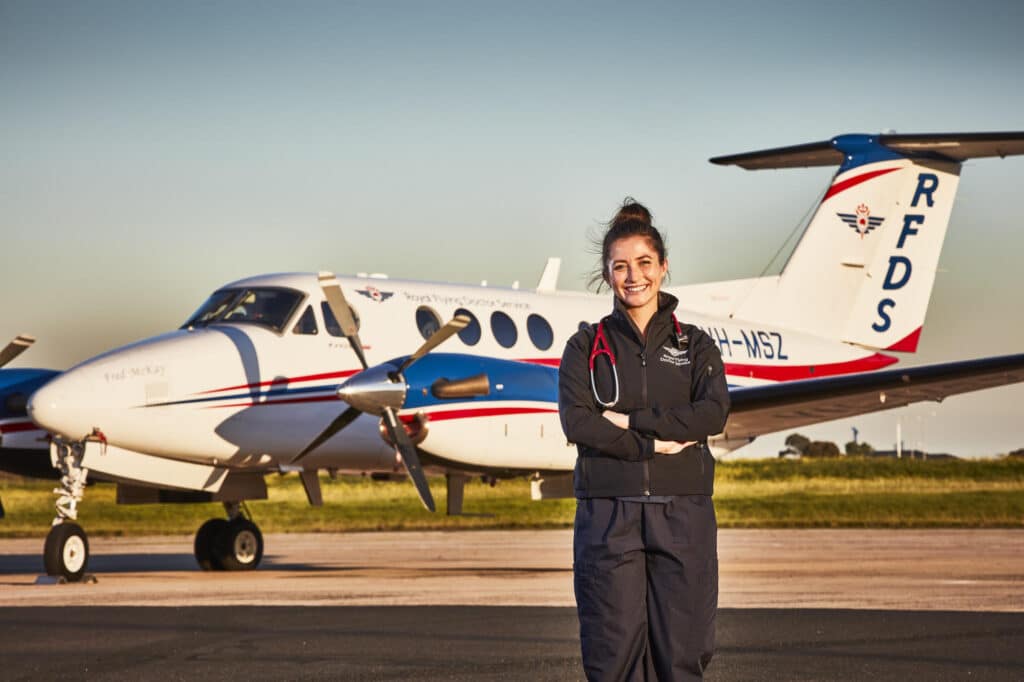
Taking a different approach
Many charities could be forgiven for automatically moving onto the “collecting and thanking stage” after signing up a new donor, but RFDS Victoria decided to take a different approach.
Mindful of the pressure that some people may intrinsically feel when approached by F2F fundraisers, or that people may simply change their mind, the charity decided to make it the norm to proactively contact new donors in the early stage of the relationship to check in on their sign-up experience and to double check that they were happy with what they had signed up to. This was also an important step in making sure the charity followed its vulnerable persons policy.
“We started to build the relationship and loyalty very quickly with donors, knowing that we could lose them but that’s a risk that we took. We didn’t want to take a ‘set and forget’ approach,” says Quirke.
“We are a couple of years into the programme and we have an industry-leading retention rate of 64% at the 12-month mark. It has helped to adopt Customer Experience methodologies, looking at moments that matter in a donor-centric journey.”
A special initiative
While the RFDS is known for aeromedical services and primary health care, the charity has a slightly different footprint in the State of Victoria. The significant growth in its regular giving programme has enabled the expansion of healthcare programmes across the state, reaching more than 70,000 patients and clients each year.
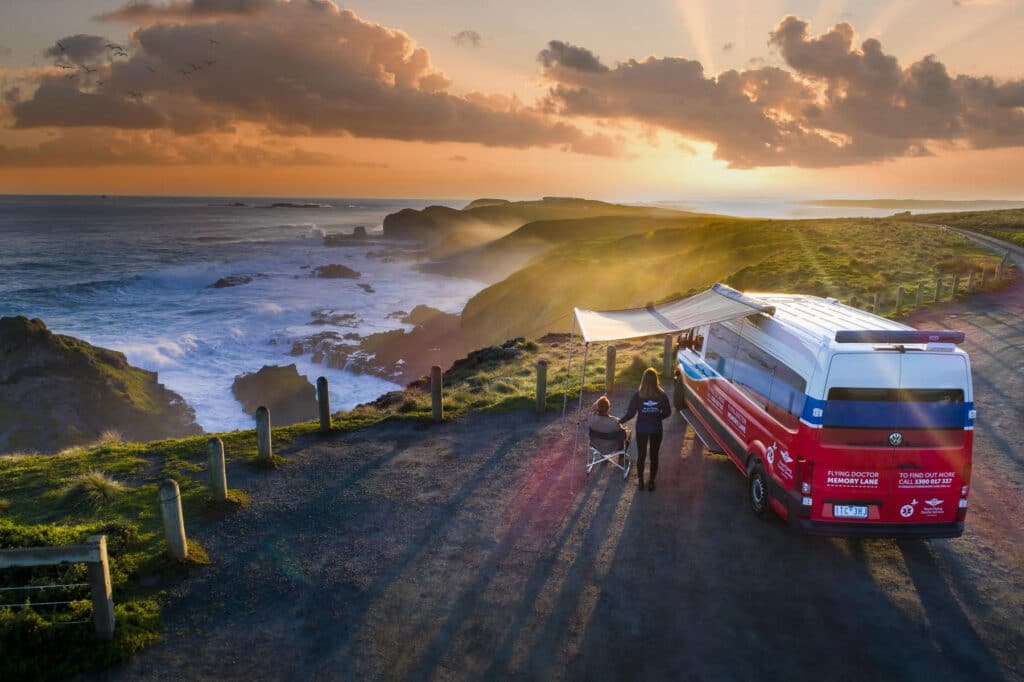
Its regular giving success also gave the RFDS Victoria the funds to progress a special new campaign – Flying Doctor Memory Lane. The brainchild of CEO Scott Chapman, Memory Lane sees the charity using its capability, vehicles and skilled workforce to provide palliative care transport for people who are in their final weeks and months of life.
“The wishes are not huge”, says Chapman. “They simply would like a final trip to the beach to feel the sand between their toes or to attend a family event”. The extra funds raised now means that the charity has been able to purchase specialist ambulances that feel more like a campervan rather than medical transport for that final meaningful journey. This is just one of the many ways the charity is extending its reach and impact”.
Reaping the rewards
The financial rewards that investing in regular giving has provided to RFDS Victoria are impressive. The charity’s initial projected return on its investment was reduced from two years to 14 months, and its regular giving income has risen from $500k per annum in FY19 to $4.7m per annum in FY23 with 16,000 new active regular givers.
But its new tactics have also safeguarded the future charitable income of the charity by securing a new, younger demographic and by boosting its retention rate.
“We’ve moved from a fundraising programme which relied on bequest income for service delivery, to a much more balanced portfolio. This influx of new donors, predominantly aged between 40-60, has reinvigorated our fundraising pipeline and they are already adding value to other programmes,” explains Quirke.
“This age bracket is so ‘sticky’ and its donors demonstrate an incredible loyalty to the brand and our vision.”
Belief goes a long way
The final word goes to CEO Scott Chapman, who recently was awarded an Order of Australia (AM) for his services to RFDS and the community, and who has announced his retirement from the charity after 14 years at its forefront.

“In some ways, F2F fundraising is the most honest form of fundraising – one of the most genuine things in life is a one-to-one connection, basically, I’m asking, and you’re either saying yes, or no” he comments.
“There were several points at which we could have lost our nerve. There was a big media story that broke about F2F right at the point when we were getting ready to launch and we could have wavered at that point and said ‘this is too risky for our brand, the most trusted brand in Australia’ but we kept going and kept pushing forward. And that’s an important lesson – keep believing in what you’re trying to do, and keep doing your best to get there.”
